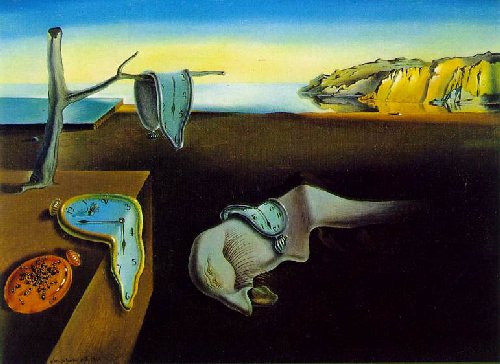her art of stone
 “i will answer no questions,” says carmel berkson, photographer, sculptor, scholar, “until you reply to some of mine.” her look does not waver; her hands lie calmly on the table before us. she proceeds to ask me about art, my background, even my tenuous grasp of physics, before deeming me vaguely qualified to discuss her work.
“i will answer no questions,” says carmel berkson, photographer, sculptor, scholar, “until you reply to some of mine.” her look does not waver; her hands lie calmly on the table before us. she proceeds to ask me about art, my background, even my tenuous grasp of physics, before deeming me vaguely qualified to discuss her work.we are at the bombay presidency radio club in colaba, from where boats of all sizes make their choppy journey eastward to the mythical island of elephanta — home to shaivistic stone carvings of deities, and now a unesco world heritage site. it is the perfect place to meet berkson, considering the island changed her life. “i first visited india in 1970,” she says, “and was completely unprepared for the medieval sculpture i encountered. it prompted me to take up sculpting and move here permanently 7 years later.”
born in new york, berkson studied at duke university and columbia before coming to india. with a bit of guesswork, i assume she is now in her late eighties. a compact figure dressed smartly in blue, she takes on the role of mother figure, keeping an eye on whether i have eaten enough, and pointing out the best dessert at the club’s restaurant.
a self-taught sculptor, the former student of economics has since spent the last 3 decades studying what she calls the ‘protean sculptural forms’ found in temples and caves. her research has led to acclaimed books of criticism and photography on traditional sculpture. it has also helped her take a definite stand in the approach to her own art, which situates modernism within a definite traditional idiom.
reading some of her books, one is struck by the vehemence with which berkson insists on the need for contemporary artists to stem what she perceives as a radical divorce from the past. her latest, indian sculpture: towards the rebirth of aesthetics, advocates a ‘reconnection’ with the ancient masters — a ‘leap backwards’ over centuries of foreign intrusive style impositions. it is a position at odds with the concept of ‘glocalisation’, where everyone, from industrialists to artists, is encouraged to ‘think globally and act locally.’ what berkson wants, simply, is for contemporary artists to take a second look at traditional aesthetics.
another thing she has always been vehement about is the complete lack of respect places like ellora and elephanta receive. in the life of form in indian sculpture, she expresses her hope that they will once again acquire the sacred value they once held. “i want the government to stop selling these places as tourist attractions,” she explains. “thousands come to ellora for picnics, or to prove they can visit 33 caves in a day. they don’t have a clue of what’s really going on.” by ‘going on’, she refers to the art. “few can grasp the enormity of the magnificence of ellora because they tend to come at it from one perspective,” she says. “it has to be understood as a piece of symphonic music. when it comes to structure, one doesn’t see it; one feels it as a totality.”
 as we talk my gaze is drawn, again, towards elephanta. i ask berkson about a book she wrote on the island with wendy doniger o’flaherty. in an introductory essay, the latter — often in the news for the wrong reasons, currently for her latest book, the hindus: an alternative history — says it breaks her heart to see tourists milling around the taj mahal, while passing by elephanta. does berkson share that view? “of course,” she replies. “it’s why i came here. it is the greatest work of art and it is completely neglected, which is a crime.”
as we talk my gaze is drawn, again, towards elephanta. i ask berkson about a book she wrote on the island with wendy doniger o’flaherty. in an introductory essay, the latter — often in the news for the wrong reasons, currently for her latest book, the hindus: an alternative history — says it breaks her heart to see tourists milling around the taj mahal, while passing by elephanta. does berkson share that view? “of course,” she replies. “it’s why i came here. it is the greatest work of art and it is completely neglected, which is a crime.”berkson refuses to be photographed, incidentally, preferring the focus on her work alone. for years now, she has lived at the salvation army quarters in south mumbai, sculpting, doing research, and looking after the interests of street children in her neighbourhood. “i want people to leave me alone to do my sculpture,” she says. “and i want a gallery that will understand my work and exhibit it.” (interestingly, the chances of the latter happening increase dramatically a week after berkson and i meet. she has been awarded a padma shri, india’s fourth highest civilian honour, for her distinguished contribution to art).
considering all she has done, i ask how she would describe herself. “to do that in a few sentences is impossible,” she chides me. “one can’t gauge what someone is like without spending time in that person’s company. i’ve been a member of the radio club for over 20 years and, in all that time, not one of the people here has had a conversation with me.”
the loss is theirs, entirely.

